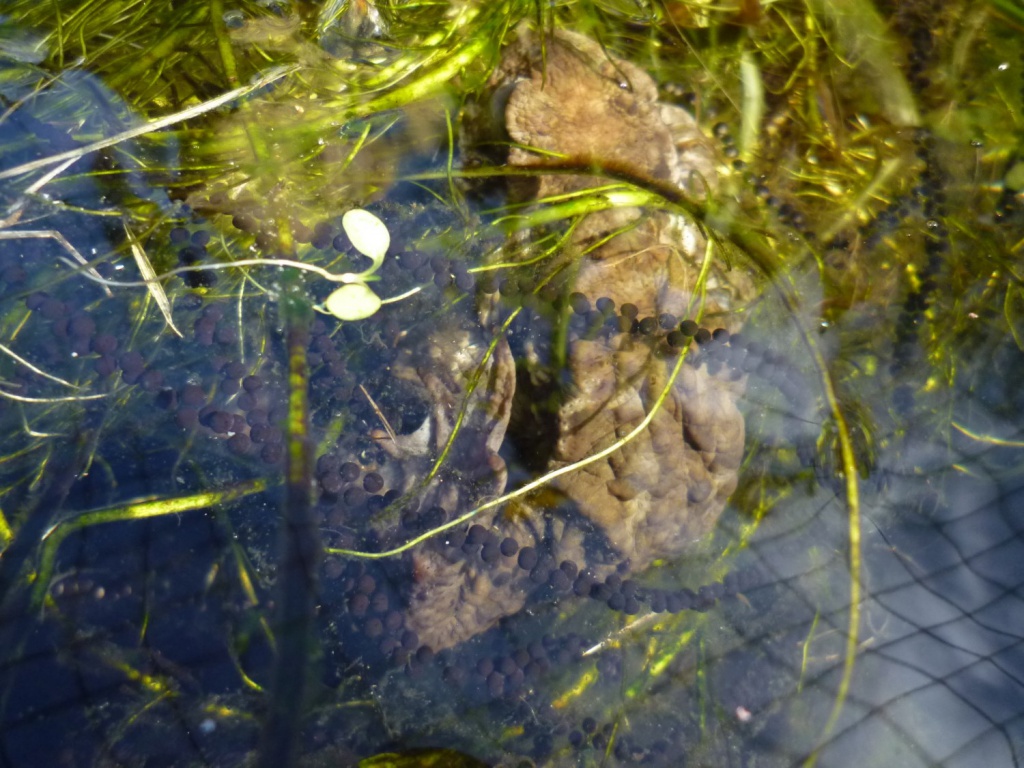Toad Watching
Toad Watching
The Jersey toad (Bufo spinosus, known locally as the Crapaud) has an iconic status and was once a familiar sight in island ponds and waterways. Recently numbers have declined and so, since 2005, conservationists have been using toad sightings to create an island wide picture of the toad’s distribution, abundance and breeding patterns.
What do we know already -
Thanks to your support we currently have over 300 records in our database with every parish represented to some degree. This shows us that toads have been declining in natural ponds for some time and that a majority of breeding populations are in private garden ponds. Our concern is that garden ponds only support small breeding populations of spawning females raising the possibly that Jersey’s toad population may not be viable long-term. Also, a majority of these garden sites are also found in the west or south of the island.
How You Can Help -
Join Pondwatch.je or record a casual sighting of a toad you've seen.
How we use your sighting -
Jersey Biodiversity Centre holds information on toad breeding and general activity patterns each year. This information is gathered from volunteers and public sightings. Keeping informed of what happens each year is very important, as it allows us to keep an eye on what is happening to toads across the island. In particular, detecting changes in patterns and numbers allows the identification of any areas of concern.
A continuing inflow of information also advances ongoing research into the biology and conservation of our much-loved toad. the former project 'Toadwatch' was initiated to encourage local people to monitor and report the activity in their gardens and ponds. In 2019 there will be a revise toad monitoring project and more information will be coming here soon. This information allows us to draw an accurate picture of the annual population status of this threatened species.
Species Profile
The Jersey (Bufo spinosus) is a species that split from the usual “common” toad (Bufo bufo) some nine million years ago. Following the rising of the Pyrenees mountains, the species evolved in Iberia and afterwards spread south into North Africa and north through Western France as far as Jersey – but nowhere else in the British Isles. Jersey toads share more of their genetic history with toads from Algeria and Spain than they do with English toads. B. spinosus (referred to as the western European toad) grows bigger than B. bufo and has evolved to take advantage of smaller ponds that dry out over summer in warmer, often open habitats (as are found in Iberia, for example).
B. bufo prefers large, deep permanent lakes and woodland areas. So when toads arrived in prehistoric Jersey and encountered dune slacks and maritime heaths, they would probably have been perfectly at home. Only recently have larger water bodies such as reservoirs become a feature of the Jersey landscape.
Toad Watch History (this project is no longer active) -
In 2005 Jersey residents were asked to take part in a project called Toadwatch as part of a PhD research project funded by the Jersey Ecology Fund. People were asked to report sightings of toads in order to generate information regarding the species’ conservation in the island. The Toadwatch campaign then became a joint initiative between the Jersey Amphibian & Reptile Group (JARG) and the Department of the Environment (States of Jersey) and Durrell.
This year (2019) The Jersey Biodiversity Centre will be continuing to collect toad records are we are awaiting news of the new project format.
Resources -
Print your own watch out for toads sign for a road near you!


